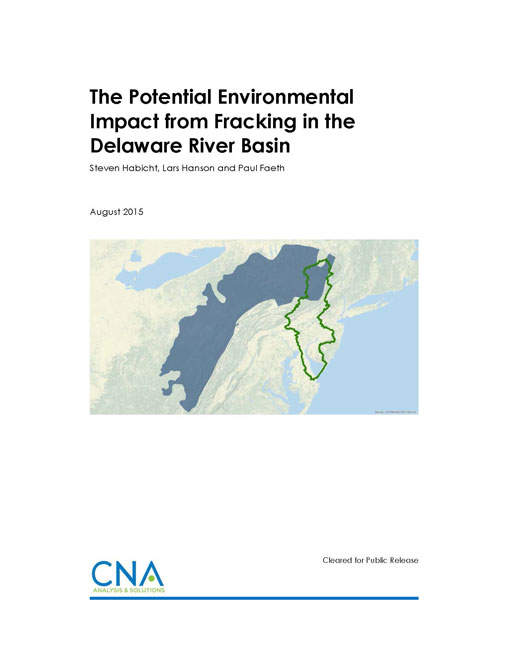Hydraulic fracturing, or “fracking,” combined with horizontal drilling, has opened up natural gas fields that were previously thought to be inaccessible; however, this activity has the potential to impact the regional environment. To date, there has been no systematic analysis to evaluate multiple impacts of fracking in an integrated way. Published research has predominantly looked at individual environmental impacts associated with fracking in a subset of wells. Few studies have considered multiple impacts, and no study has provided a reasonably complete, integrated regional environmental assessment of fracking. We aim to help fill this knowledge gap and inform the public debate concerning fracking by providing comprehensive, long-term estimates of a set of environmental impacts of natural gas fracking in the Interior Marcellus Shale. This play, which covers parts of Pennsylvania, New York, West Virginia, Maryland, and Ohio, is now considered to be the second-largest gas field in the world.
This research project models the potential natural gas development of the Marcellus Shale to predict what environmental impacts this expansion may have on the Delaware River Basin (DRB). The DRB—which spans Pennsylvania, Delaware, New Jersey, and New York—contains one part of the Interior Marcellus Shale play where fracking has been under a moratorium, by the Delaware River Basin Commission. (The State of New York has separately banned hydraulic fracturing after implementing a five-year moratorium). For this reason, the DRB is a good candidate for a prospective analysis of potential impacts.
Our approach combines geospatial analysis and statistical modeling to create a probability surface that predicts the most favorable locations for the placement of future wells based on the locations of existing wells. Using the probability surface and an estimate of the number of wells that would be needed to fully develop the shale resource, we estimated the future landscape of development across the Interior Marcellus Shale.
We then investigated the potential impacts of this development on land cover, water and wastewater management, water quality, air emissions, and health risk factors in three DRB sub-watersheds. Our calculations were designed to give reasonable upper bounds on each of these potential impacts. Based on our analysis, we offer the following key points to help stakeholders and decision-makers evaluate the potential impacts of natural gas development:
Download reportDistribution unlimited. Cleared for Public Release.
Details
- Pages: 110
- Document Number: IRM-2015-U-011300-Final
- Publication Date: 8/1/2015
